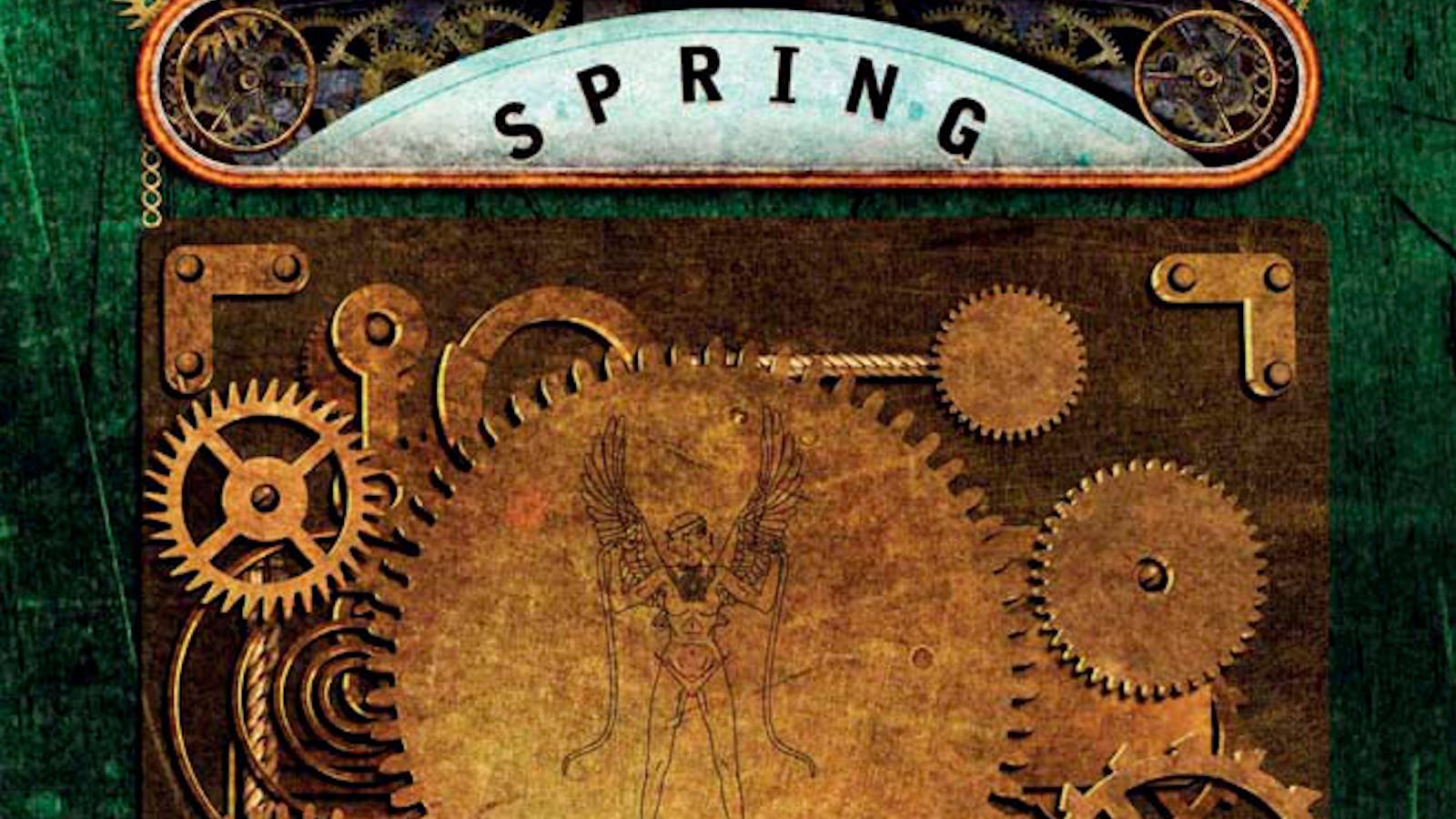
Demi Monde: Unveiling the World of Parisian High Society Courtesans
The term demi monde, literally translated from French as “half-world,” refers to a specific subset of Parisian society in the 19th and early 20th centuries. It describes the world of courtesans and wealthy women who lived on the fringes of the aristocracy and upper bourgeoisie, enjoying a lifestyle of luxury and influence, but remaining outside the boundaries of respectable society. This article delves into the history, societal impact, and enduring fascination with the demi monde.
Origins and Definition of the Demi Monde
The rise of the demi monde coincided with significant social and economic changes in 19th-century France. The Industrial Revolution brought about a new class of wealthy industrialists and financiers, eager to emulate the lifestyle of the established aristocracy. However, many of these newly rich lacked the social connections and pedigree required for acceptance into the highest echelons of society. Simultaneously, the rigid social structures of the time often excluded women who had transgressed societal norms, such as those who had divorced or engaged in premarital relationships.
The demi monde emerged as a space where these groups could interact and create their own social circles. Courtesans, often women of exceptional beauty, intelligence, and charm, played a central role in this world. They cultivated relationships with wealthy men, who provided them with financial support and lavish gifts in exchange for companionship and social prestige. These relationships allowed the women of the demi monde to amass considerable wealth and influence, rivaling that of some aristocratic families. While not considered part of the “respectable” world, they created a parallel society, the demi monde, that was both glamorous and scandalous.
Key Figures and Characteristics of the Demi Monde
Several prominent figures epitomized the lifestyle and influence of the demi monde. One notable example is Cora Pearl, an English courtesan who became a sensation in Paris. Known for her extravagant lifestyle and unconventional behavior, Cora Pearl captivated the Parisian elite and amassed a considerable fortune. Another prominent figure was La Païva, a Russian-born courtesan who married a wealthy Prussian count and built a magnificent hôtel particulier on the Champs-Élysées, a testament to her wealth and social standing. These women and others like them defined the characteristics of the demi monde: beauty, intelligence, ambition, and a willingness to defy societal conventions.
The women of the demi monde were skilled in the arts of conversation, fashion, and entertainment. They hosted lavish parties, attended the opera and theater, and commissioned portraits from leading artists. Their influence extended beyond the social sphere, as they often played a role in political and economic affairs, using their connections to advance the interests of their patrons. The demi monde, therefore, was not simply a world of pleasure and entertainment; it was a complex social network with its own rules, hierarchies, and power dynamics. [See also: History of Parisian Salons]
The Influence of the Demi Monde on Art and Literature
The demi monde exerted a significant influence on the art and literature of the 19th century. The lives and lifestyles of courtesans provided inspiration for numerous novels, plays, and operas. Alexandre Dumas fils’s novel La Dame aux Camélias, later adapted into Verdi’s opera La Traviata, tells the tragic story of a courtesan named Marguerite Gautier. Émile Zola’s novel Nana offers a more critical portrayal of the demi monde, exposing the corruption and decadence that lay beneath the surface of glamour. The plays of Henri Becque, such as La Parisienne, explored the complexities of relationships within the demi monde, challenging conventional notions of morality and respectability.
Artists such as Edgar Degas and Henri de Toulouse-Lautrec captured the atmosphere of the demi monde in their paintings and prints, depicting scenes from the opera, the theater, and the boudoirs of courtesans. These works of art offer a glimpse into the world of the demi monde, revealing its allure and its contradictions. The demi monde was a constant subject of fascination for artists and writers, who saw in its inhabitants both the embodiment of beauty and the symbol of social transgression.
The Decline of the Demi Monde
The demi monde began to decline in the early 20th century, as social norms and attitudes towards women began to change. The rise of feminism and the increasing opportunities for women in education and employment challenged the traditional role of the courtesan. The economic upheavals of World War I further eroded the wealth and power of the aristocracy and upper bourgeoisie, diminishing the patronage that had sustained the demi monde. By the mid-20th century, the demi monde had largely disappeared, replaced by new forms of social and economic organization.
However, the legacy of the demi monde continues to fascinate and inspire. Its story offers a glimpse into a bygone era of extravagance, scandal, and social intrigue. The women of the demi monde, though often marginalized and stigmatized, played a significant role in shaping the cultural landscape of 19th-century Paris. Their lives and experiences continue to be explored in literature, film, and historical studies, reminding us of the complex and often contradictory nature of social power and gender relations. The enduring allure of the demi monde lies in its ability to challenge our assumptions about beauty, wealth, and respectability.
The Allure and Controversy Surrounding the Demi Monde
The demi monde has always been a subject of both allure and controversy. On one hand, it represented a world of unparalleled luxury and sophistication, where beautiful women wielded considerable power and influence. On the other hand, it was a world built on unconventional relationships and often perceived as morally questionable. The courtesans of the demi monde were simultaneously admired and condemned, their lives serving as a constant reminder of the contradictions and hypocrisies of 19th-century society.
The fascination with the demi monde stems from its inherent drama and the stories of the women who inhabited it. These were women who defied societal expectations and created their own paths to wealth and independence. Their lives were filled with romance, intrigue, and scandal, making them compelling subjects for novelists, playwrights, and artists. The demi monde offered a glimpse into a world that was both glamorous and dangerous, a world where anything was possible.
The Demi Monde in Modern Context
While the demi monde as a distinct social phenomenon no longer exists, its influence can still be seen in contemporary culture. The concept of the independent, powerful woman who defies societal norms continues to resonate with audiences. Modern-day celebrities and influencers often embody aspects of the demi monde lifestyle, enjoying wealth, fame, and freedom while challenging traditional expectations. The demi monde serves as a reminder of the enduring human fascination with beauty, power, and transgression. The stories of these women continue to inspire and provoke, reminding us of the complexities of social life and the enduring power of human ambition. The demi monde, in its historical context, offers valuable insights into the evolution of social norms and the changing roles of women in society. [See also: The Gilded Age in America].
Understanding the demi monde requires acknowledging its historical context and the specific social conditions that gave rise to it. It was a product of its time, shaped by the economic, political, and cultural forces of 19th-century France. While it may be tempting to romanticize the demi monde, it is important to remember that it was also a world of exploitation and inequality. The courtesans who thrived in this world often faced significant challenges and risks, and their lives were far from simple or carefree.
In conclusion, the demi monde was a fascinating and complex social phenomenon that left a lasting mark on the cultural landscape of 19th-century Paris. Its story offers a glimpse into a bygone era of extravagance, scandal, and social intrigue, reminding us of the enduring human fascination with beauty, power, and transgression. The term demi monde itself has become synonymous with a certain type of glamorous and unconventional lifestyle, continuing to evoke images of luxury, romance, and social intrigue.
The history of the demi monde provides valuable lessons about the nature of social power, the role of women in society, and the enduring human desire for wealth and status. It is a story that continues to be told and retold, reminding us of the complexities and contradictions of human life.

